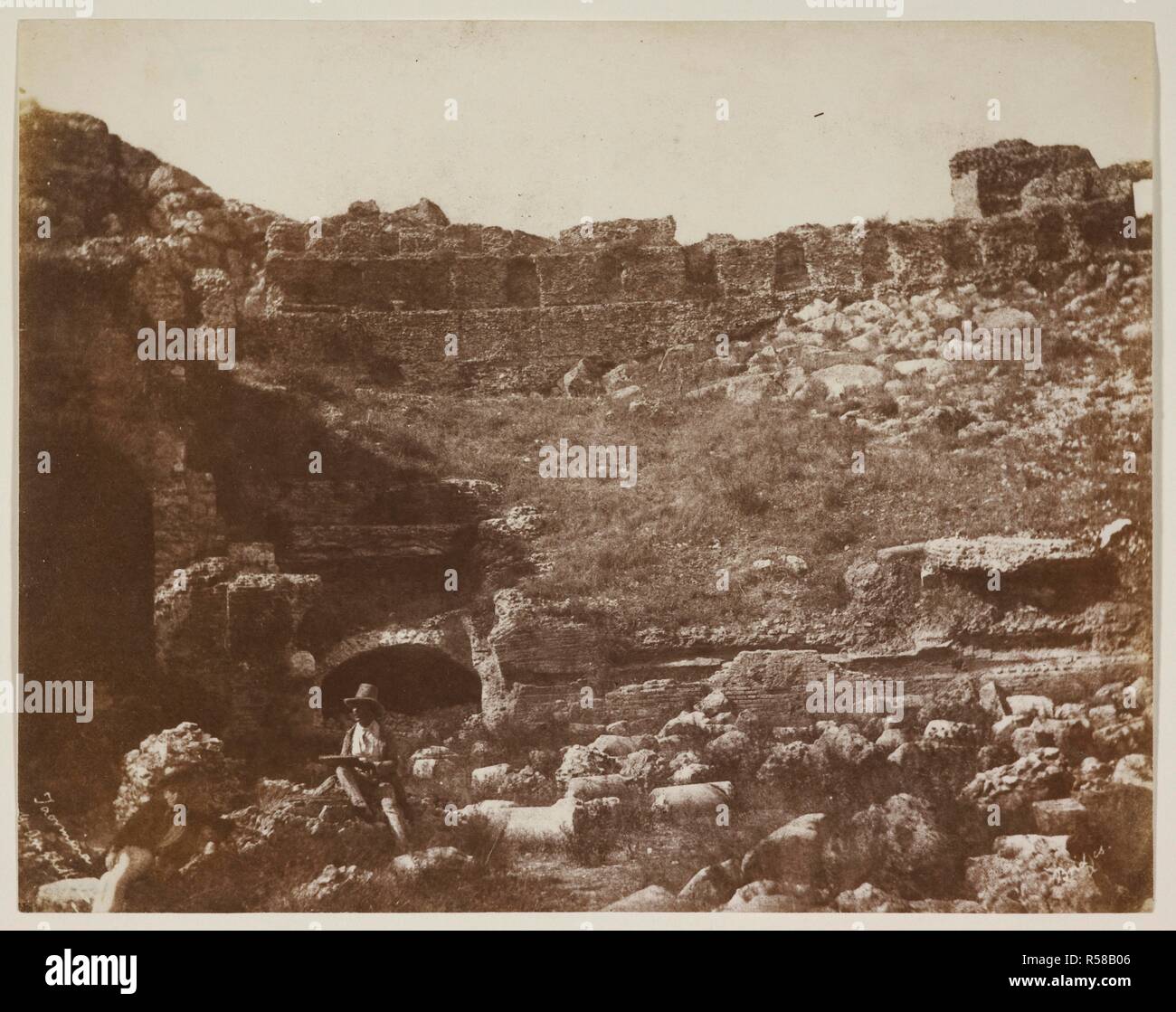
then opened the pulp & fill the cavity with wax. Place hellebore & ginger to alleviate pain. He recommended to bathe the cavity with hot oil. Papyri containing herbal & medical treatments Instructed that laws of medical jurisprudence must be inscribed on cuneiform tablets, which established physician fees & proposed punishments for clinical failure due to unskilled treatments.
#1846 markly st full#
Wrote that “Egypt was full of physicians ones who only treat diseases of the eyes head, teeth, abdomen and internal organs”. Noted events in operative dentistry’s timeline.

The authors are confident this article will provide insight as to the clinical & technological advances, which have emerged since the mid-1700’s (Table 1). Opportunity, fueled by inspiration & hard work, propelled rapid advances in OPERATIVE DENTISTRY, which have enabled today’s clinicians to provide high quality treatment in comfortable chairside procedures. MECHANICAL DENTISTRY seemingly started from necessity, fabricating plates with crude springs & clasps for millions of edentulous patients who had no alternative or substitution for their lost teeth. OPERATIVE treatments have rapidly evolved from the mid 1700’s to today’s polymer hybridization-swiftly enhancing clinical skills to save patients teeth-instead of just extracting teeth-to relieve tooth pain & pathology. Dentistry’s written history is recorded in thousands of books & journals by numerous authors. Operative, cavity, foils, amalgam, cements, polymers Operative dentistry has emerged as a respected clinical professionĭentistry is an ethical health care profession that is achieved by study, hard work & continued life-long learning. “Pay attention to the details-never be content with what you know-there is always more” Dr. This OPERATIVE continuum has endeavored to examine those dental materials & technologies, which have advanced our OPERATIVE standards. Circa 1967, Professor Takao Fusayama of Tokyo Medical Dental College introduced a caries stain that was 1 st to differentiate non-vital from vital dentine & defined MINIMAL CAVITY INTERVENTION & restoration with polymers that hybridized vital enamel & dentine. US clinicians organized active regional dental societies, developed vulcanite-dentures, scalers, rubber-dam, adjustable dental-chairs, steel burs, electric-handpieces, round-end burs, mouth-mirrors, matrix bands, local anesthesia & more. By 1870, America gained international respect with the founding of 9-accreditated dental schools. Harris & Hayden were recognized to have given OPERATIVE DENTISTRY its parturition at Baltimore Dental College. Black had outlined scientific guidelines for amalgam composition & defined OPERATIVE cavity resistance & retention form & restoration. Webb’s 1883 OPERATIVE DENTISTRY textbook commanded international recognition by defining gold-foil cavity preparation & restoration, stressing attention to detail. Harris of Ohio is acknowledged to have actively endorsed dentistry as a clinical profession. OPERATIVE DENTISTRY advanced in the Americas with a few clinicians attempting removal of cavity debris, decay, cleansing & restoration with agents to reestablish form & function. Cheap sugar inspired increased consumption, creating a rapid increase in worldwide caries.

Edentulous US colonists of the 1800’s supported development of MECHANICAL DENTISTRY to fabricate dentures with artificial teeth. King Philip II established the Parisian Barber-Surgeon Guild in 1210, requiring proper credentials to extract teeth. Early humans treated tooth pain with folk-remedies & bloodletting by moonlight-when these cures failed, roadside itinerants with little training promoted extractions. Generations before sugar was implicated with caries-vitamin-C deficiency (scurvy) had plagued humans for millennia.


 0 kommentar(er)
0 kommentar(er)
